Space Creation - Life on the Inside
Ask any medic who attends the scene of a road traffic collision: what is it like, working inside a vehicle attending to a traumatically injured patient? Firstly they will tell you that access is always an issue. Once they have squeezed inside, they are technically working in a confined space. Can we make the job any easier?
During the extrication process it is vitally important to create as much space as possible. The space you create ensures that your extrication route is sympathetic to the casualty’s injuries and also allows adequate space for personnel to work safely and effectively.
We can look at space creation in two areas:
External space creation – the removal of the vehicle structures allowing access for rescuers and medics and a final extrication space for your casualty.
Internal space creation – the manipulation of the interior of the vehicle to ensure maximum access for medical intervention and to allow crews to work effectively during the physical extrication phase.
External space creation is generally well practiced, as these are the ‘evolutions’ we all known, i.e. door removal, side removal, roof flap etc. and it is not really possible to cover them all in this blog (yet). However, internal space creation techniques are not given names and are often forgotten and only completed when we identify a lack of space in which to work. This leads to delayed extrication times.
We must have a more methodical approach to creating internal space, and this should be completed at the same time as other tasks (simultaneous activity.) Only by practicing these techniques can we become more proficient at identifying the need to progressively create internal space throughout the rescue process.
There are many ways in which we can create more space in which to work and treat our casualty, but it is important to remember that your hydraulic tools can be invaluable for this task. The use of spreaders and dedicated mini cutters will give you more options in removing or relocating internal structures.
The photographs below demonstrate methods for internal space creation for vehicles on their side and on their roof.
Vehicle on its side
If your primary access is through the hatch, this if often restricted due to the rear seat construction and head restraints. Firstly remove the head restraints, either manually or by using a mini cutter (see below). You will now see that your access space is already increasing.
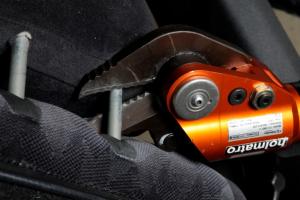
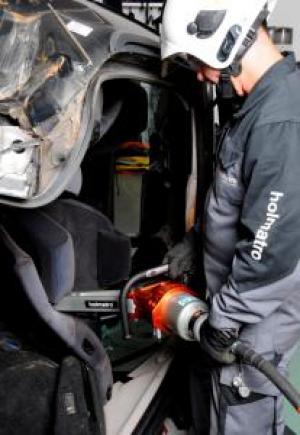
Now use your spreaders; spread between the roof rail and the seat back. If the seats are 60/40 splitting, you will need to repeat this for both sides of the rear seat.
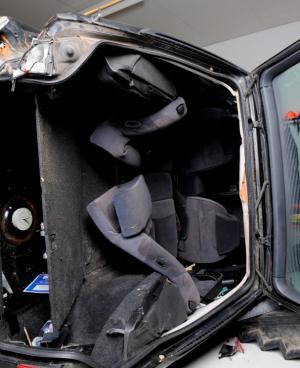
The space created is large enough to allow access for medic and equipment. This also improves visibility inside the vehicle.
Vehicle on its roof
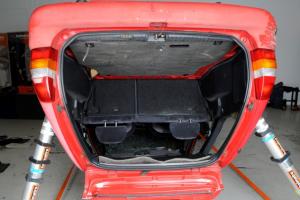
A vehicle on its roof can offer ideal access through the hatch once it has been opened and removed, however the rear seats will impede progress.
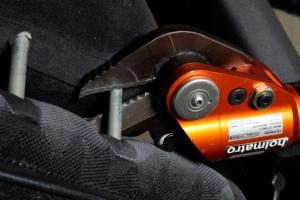
Remove the rear head restraints manually or using a mini cutter.
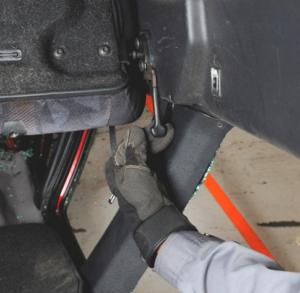
Release the rear seat backs and push them forward.
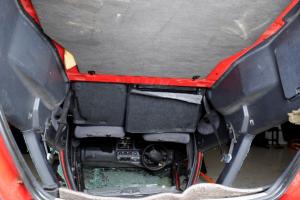
Hold the rear seat backs in position by reclining the front seats.Your final space now allows access for medic and equipment. Creation of internal space also improves visibility.
Conclusion
The creation of internal space is fundamental to a safe and successful rescue. It allows us to work in a more comfortable environment, ensures greater casualty access and allows a more thorough assessment to be carried out. Ultimately, it makes the physical extrication of the patient less stressful for all concerned. Crews should have a more structured approach and always seek to identify ways to create space using manual and hydraulic methods.
As always, I welcome your thoughts!